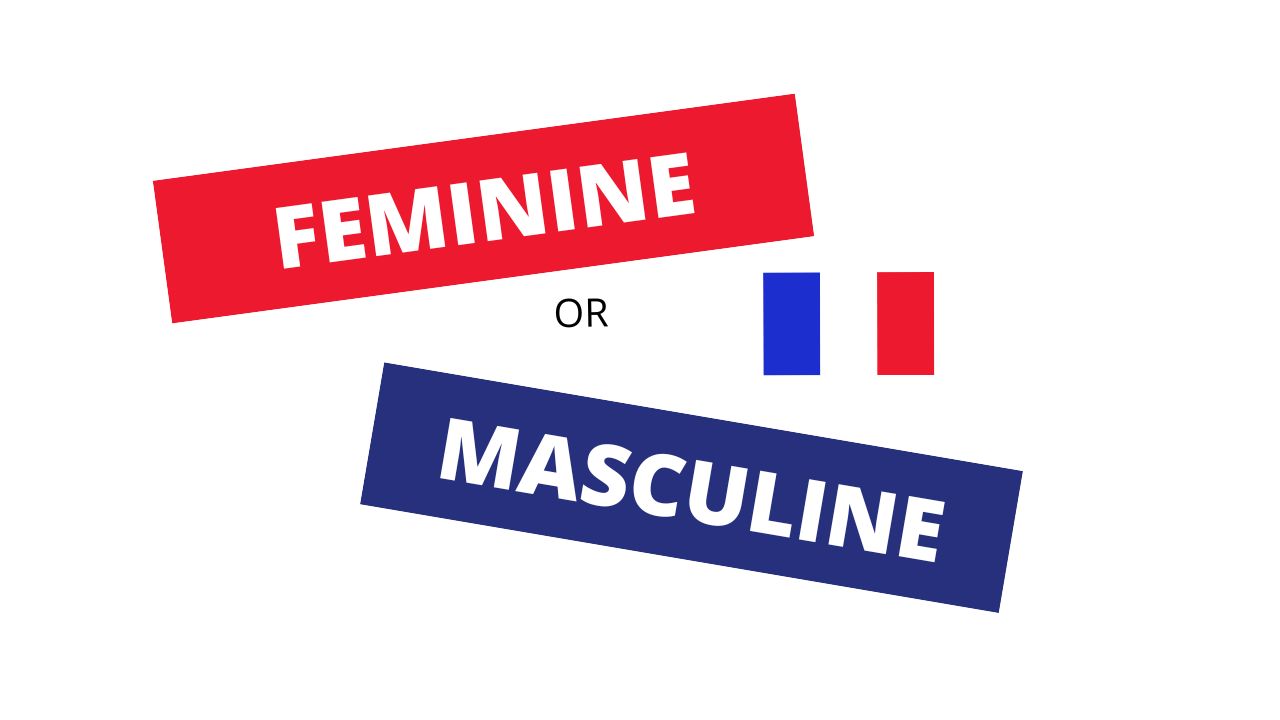Menu
Close

French genders impacts every little things that exists on this planet. In English, the noun refers to the person:
His glass/her car.
In French, everything is either feminine or masculine.
When learning French vocabulary, always study with an article to make sure to study the gender of the noun at the same time.
Let’s see an example:
If you study the word “cup” in French, you will study “Tasse“. But by studying only the word, you have no idea if it’s a feminine or masculine noun. Tasse is feminine in French, so Une tasse.
Always study with articles such as LE for masculine nouns, and LA for feminine nouns. Both LE and LA mean THE.
You can also use UN for masculine nouns, and UNE for feminine nouns. Both UN and UNE mean A.
Even tho you should always learn the gender when studying French vocabulary, there is a rule that will allow you to guess if a noun is feminine or masculine.
When a noun ends with E, there is 90% chance that this noun is a feminine noun.
Let’s look at some examples:
Une plante – A plant
Une fenêtre – A window
Une couverture – A blanket
This rule also works for masculine nouns
If a noun doesn’t end with E, 90% of the time, it will be a masculine noun.
Un fauteuil – A chair
Un tabouret – A stool
Un rideau – A curtain
Just like any rule, exceptions are a big part of it. In this case, it’s about 10% of French nouns.
Some masculine nouns end with E, and some feminine nouns don’t end with E.
Une souris – A mouse
Un téléphone – A phone
But don’t forget to always study the gender when learning French vocabulary. This rules is great but doesn’t always work.

5 Responses
Thank you i learnt a lot from this
My pleasure 🙂
So please how can we locate the gender for the rest of the 10%that doesn’t follow the rules
You have to know the gender of words by heart 🙂
This is very helpful as i was struggling in language classes about feminine and maculine words(not only for French)